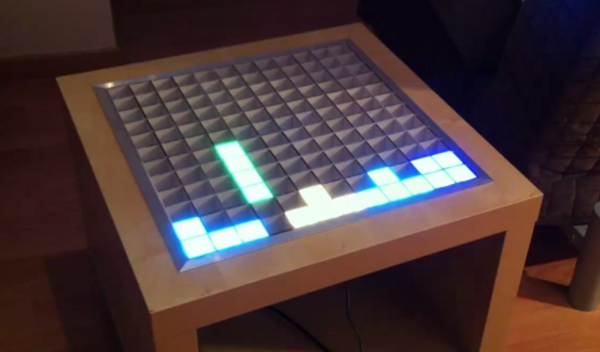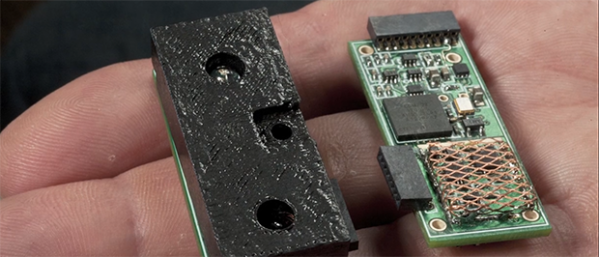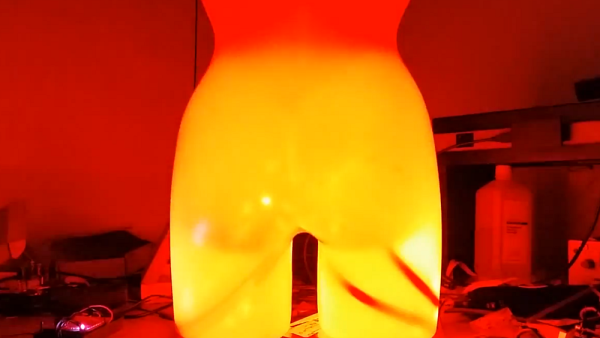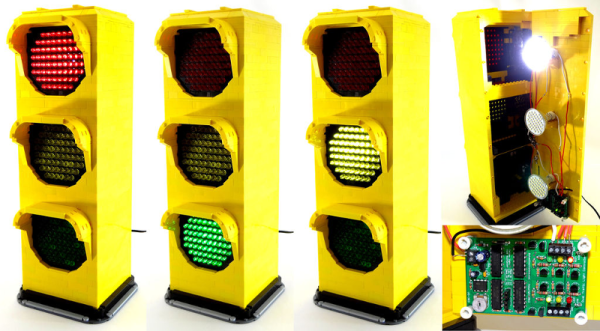Flying quadrotors at night is awesome — but being in the dark tends to be a problem for not crashing them… Tired of not being able to get successful GoPro videos, [Diode] decided to strap a light to his quadrotor. A 3000+ lumen, 50W LED to be precise.
He found the 50W LED for $20 online with the driver! The only problem was it gets super hot. He salvaged a heat sink from an Xbox 360 which helps to keep the temperature at bay… but also increases the weight of the quad by a bit too much. Luckily his quadrotor is pretty powerful — but with the added weight, and 50W power drain, his flight time went from 15 minutes… to about 3 minutes.
Three of the most awesome minutes ever! Just watch the following video — the night-time possibilities are endless!
Continue reading “Ridiculously Over-Powered Quadrotor Spotlight Kills Battery, Blinds People”

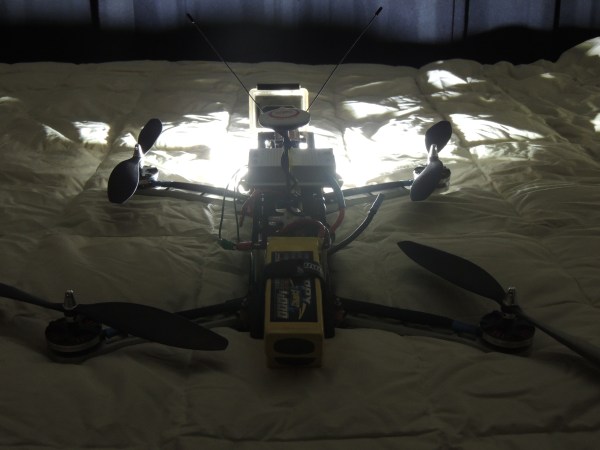
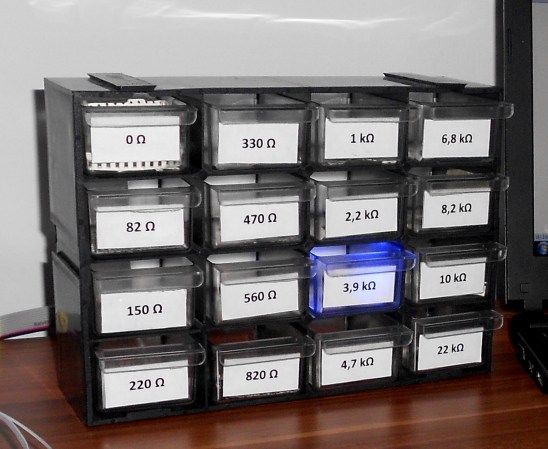
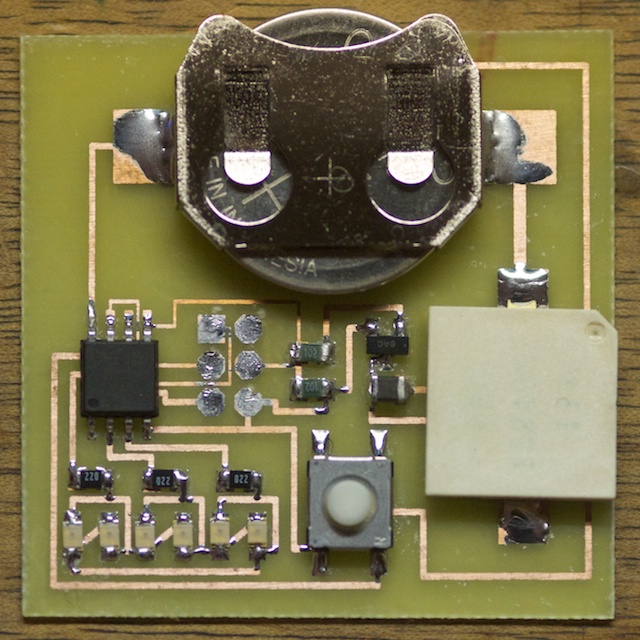 Do you want to use your time more productively but are tomato-averse? [Robin]’s
Do you want to use your time more productively but are tomato-averse? [Robin]’s 